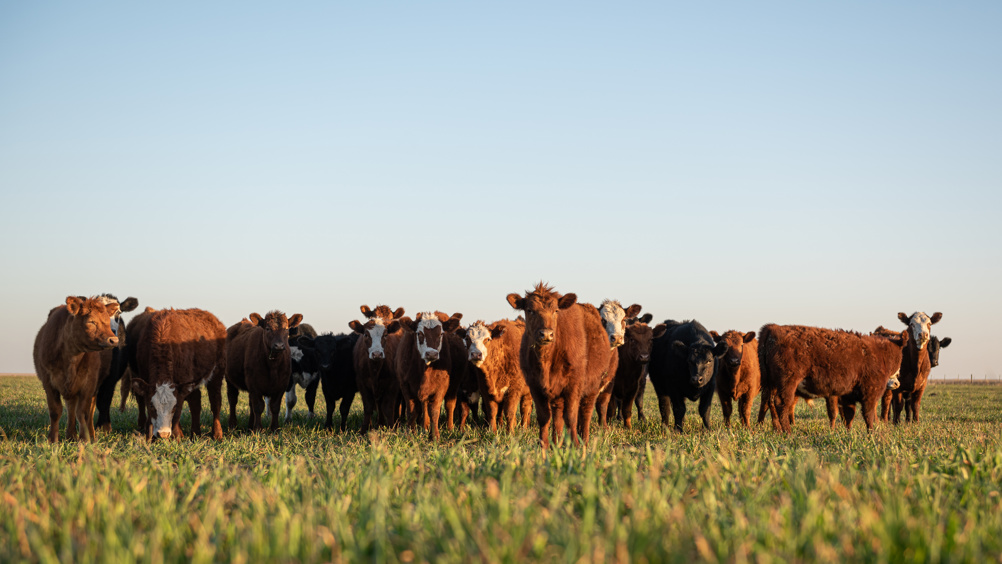Cattle Review: January–February 2020

Abstract
Introduction:
In this, the first Cattle Review of the new decade, we consider three open access papers on the likely effectiveness of the TB control and eradication programme in Ireland, BVDV transmission in extensively grazed beef cattle, and farmers' awareness of hypomagnesaemia in UK cattle and sheep and the measures taken to prevent and control the condition.
There has been an ongoing decline in bovine tuberculosis (TB) in the Republic of Ireland, however, TB has yet to be eradicated. Further to a recent commitment by the Irish government to eradicate TB by 2030, this paper by More (2019) (Irish Veterinary Journal doi.org/10.1186/s13620-019-0140-x) considers two questions, ‘Can bovine TB be eradicated from the Republic of Ireland?’ and ‘Could this be achieved by 2030?’, given current knowledge from research.
Until very recently, Ireland has lacked key tools required for eradication. This gap has substantially been filled with the national roll-out of badger vaccination. Nonetheless, there is robust evidence, drawn from general national research, international experiences, and results of a recent modelling study, to suggest that all current strategies plus badger vaccination will not be sufficient to successfully eradicate TB from Ireland by 2030. Ireland faces a critical decision point in the programme, specifically the scope and intensity of control measures from this point forward. Adequate information is available, both from research and international experience, to indicate that additional measures should broadly focus on adequately addressing TB risks from wildlife, implementing additional risk-based cattle controls, and enhancing industry engagement. These three areas are considered in some detail within this open access paper. The paper concludes that based on current knowledge, it will not be possible to eradicate TB by 2030 with current control strategies plus national badger vaccination. Additional measures will be needed if Ireland is to eradicate TB within a reasonable time frame. Decisions made now will have long-term implications both in terms of time-to-eradication and cumulative programme costs.
Register now to continue reading
Thank you for visiting UK-VET Companion Animal and reading some of our peer-reviewed content for veterinary professionals. To continue reading this article, please register today.

